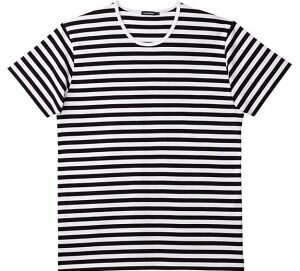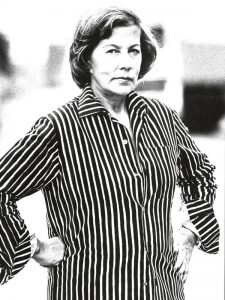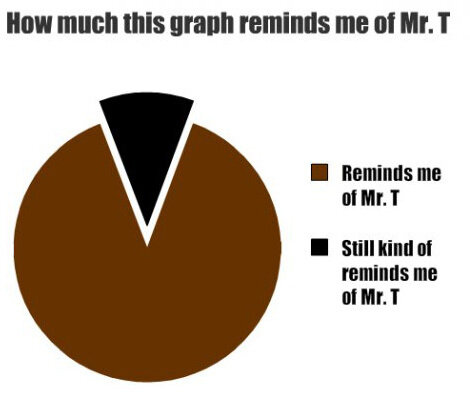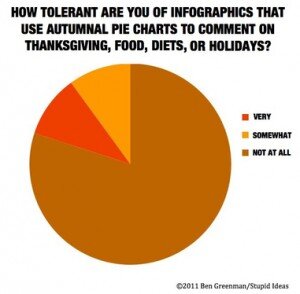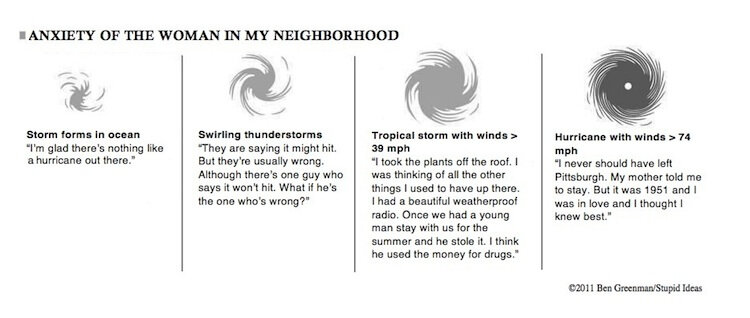Last fall, on a guided walking tour of the Helsinki Design District, I learned a fun fact in the Marimekko flagship store. The Tasaralta, their iconic striped shirt (pictured above), is more than just a wardrobe staple. It's also a bold statement piece.
Unlike the stripes on, say, the classic Breton or L.L. Bean sailor shirt, these ones are equally spaced. The even stripes symbolize equality—between genders and people of different ages, shapes and sizes. "Even stripes for equality" is the tagline. This was news to me. I've been a fan of the textile brand for decades (even making curtains out of Marimekko sheets to match my Marimekko bedspread in my first college dorm room). But I guess I'd never given the stripes on their pillows and T-shirts a second thought. Purposeful design is a hallmark of the company. "Fairness to everyone and everything" is one of their company values. The vision from the start was to create functional, everyday, often unisex (or anonymous) clothing that would suit anyone and everyone, "empowering people to be true to who they are." Last year the company teamed up with Equality Now, an organization dedicated to protecting the human rights of women and girls around the world. As part of a six-week campaign, Marimekko stores in North America and online donated $10 USD to the charity for each Tasaraita "even stripe" garment sold. Read more here: WWD: Marimekko Partners With Equality Now for Partnership to Encourage Women's Empowerment
Feminist icon, ahead of her time
Later that day I lingered in the Design Museum and learned more of the backstory. Finnish textile designer Armi Ratia and her husband Viljo founded Marimekko in 1951 after buying the Printex fabric company. These were drab post-war times and their aim was to crank things up with bold, colorful patterns and create inventive new designs. In the first decade, Marimekko built up a solid line of clothing and home accessories, along with a loyal Scandi following.
It wasn't until 1960 that the company really made a name for itself worldwide. That's when Jackie Kennedy bought seven of their dresses in a single shopping spree, later showing them off on the campaign trail. Pictures of the First Lady in her crisp, modern frocks soon made the fashion news and, most famously, the cover of Sports Illustrated magazine. The fashions were seen as comfortable and approachable, everyday designs for everyday life. The late sixties brought bolder designs and political statements. 1968 saw the launch of the Equal Rights Amendment campaign in the U.S., a strike for equal pay by 850 women machinists at the Dagenham Ford factory in the U.K., and the election of Shirley Chisholm, the first African-American woman to sit on the U.S. House of Representatives. Looking back now, the debut of the Tasaraita even-striped T-shirt that year makes perfect sense.
"I don't sell clothes, I sell a way of living. They are designs, not fashions. I sell ideas, not dresses."
- Armi Ratia, textile artist and founder of Marimekko, 1963
It wasn't until decades later that Armi gained the recognition she deserved as Finland's foremost female entrepreneur—and one of the world's most famous designers.
"At Marimekko, Armi Ratia was a textile artist, managing director, creative director, wizard of words, publicity guru, and wellspring of inspiration. She had an incredible ability to decipher the mood of the times and sense future trends. She also had a genius for recognizing talent and finding ways to realize even the wildest, most imaginative ideas. Even today, Marimekko's success owes much to Armi's ideas. She was a trailblazer who made Marimekko a way of life, an attitude, a phenomenon embracing the everyday and the extraordinary." - marimekko.com
Another bold icon to celebrate on International Women's Day, I'd say.

